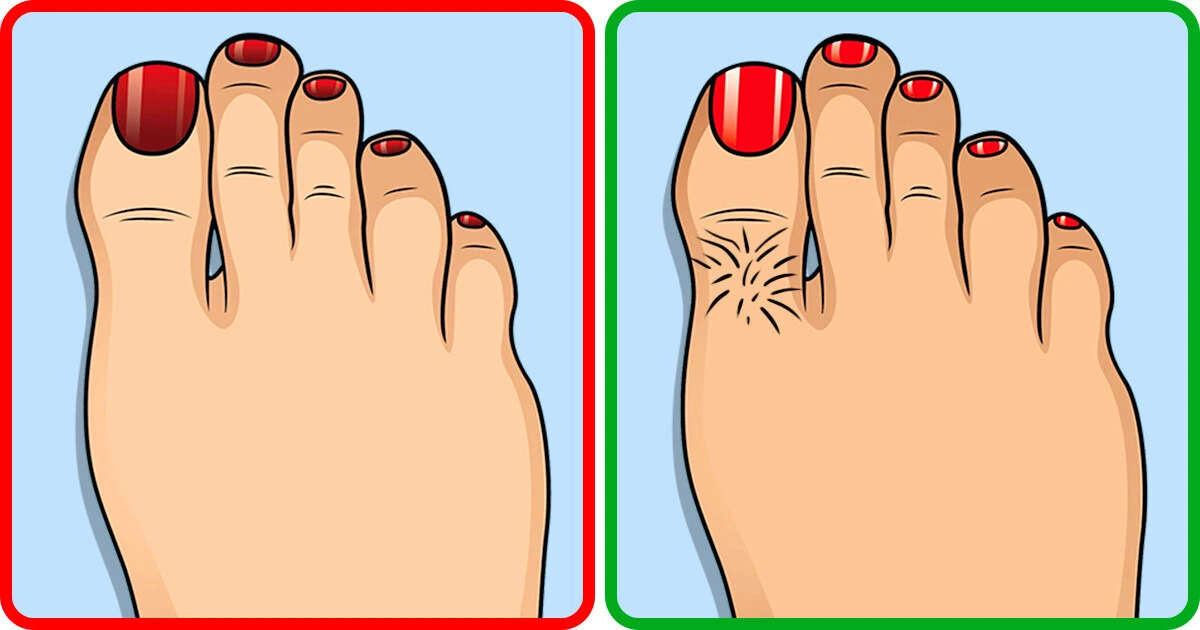Your feet do more than help you move—they can also reveal important clues about your health. Foot health is closely tied to your overall well-being, and noticing symptoms like pain, swelling, or discoloration can help identify potential underlying conditions. These changes may signal issues that require medical attention, providing an opportunity for early diagnosis and treatment.
Please note: This content is for informational purposes only and is not a substitute for professional medical advice. Always consult your doctor for guidance regarding your health and medical conditions.
Dry and Peeling Skin
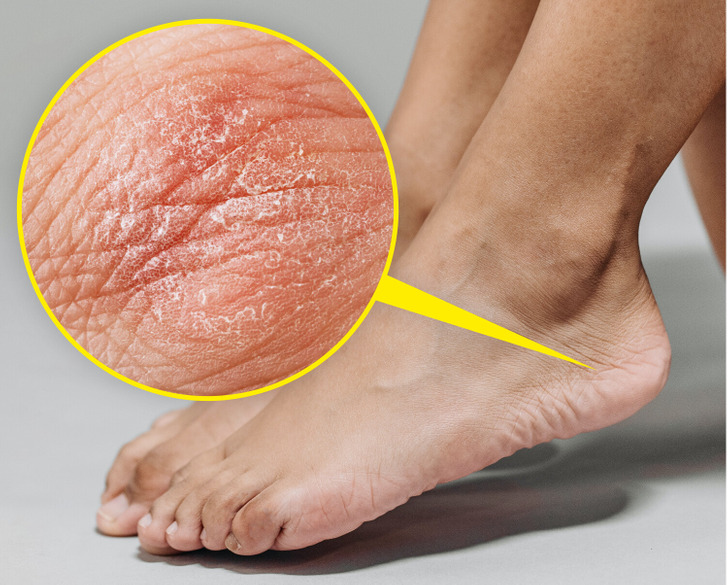
© ROCKETMANN TEAM / Pexels, © Kaboompics.com / Pexels
Dry, peeling skin on your feet is often mistaken for poor care, but it could actually indicate a fungal infection. If ignored, the skin may blister, and when these blisters burst, the infection can spread. If you suspect athlete’s foot, it’s important to consult a doctor to prevent the fungus from spreading, treat the infection, and alleviate your symptoms.
Foot Cramps
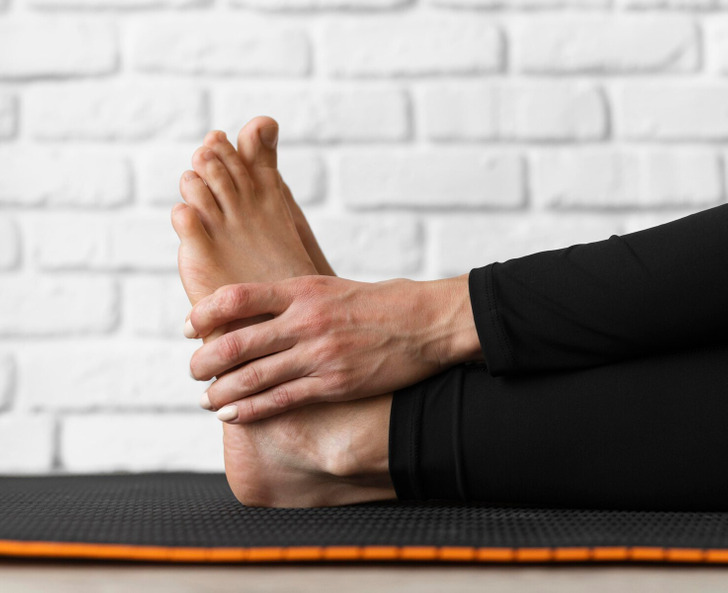
Foot cramps can be extremely painful, as they occur when your muscles suddenly contract and tighten. They often happen during exercise or due to dehydration. However, frequent cramps might indicate a deficiency in calcium, potassium, or magnesium. To prevent them, try eating more vegetables, drinking mineral-rich water, and stretching your feet before bed.
Additionally, pregnant women commonly experience foot cramps due to the hormonal changes their bodies undergo.
When the Hair on Your Toes Disappears
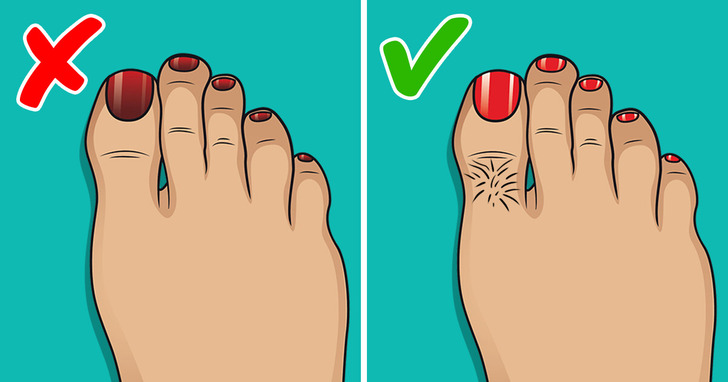
If you’ve noticed hair loss on your feet, it could be a sign of poor blood circulation. When circulation is compromised, the body prioritizes vital organs over extremities like your toes. Hair loss in this area can also indicate diabetes.
While hair on your toes might seem like a minor detail, it’s actually a sign of healthy circulation. Good blood flow to your feet supports wound healing and maintains proper sensation, so having some toe hair is a positive indicator.
If you observe any changes, such as new hair growth, moles, or blisters, it’s a good idea to bring them up with your doctor.
Cracked heels
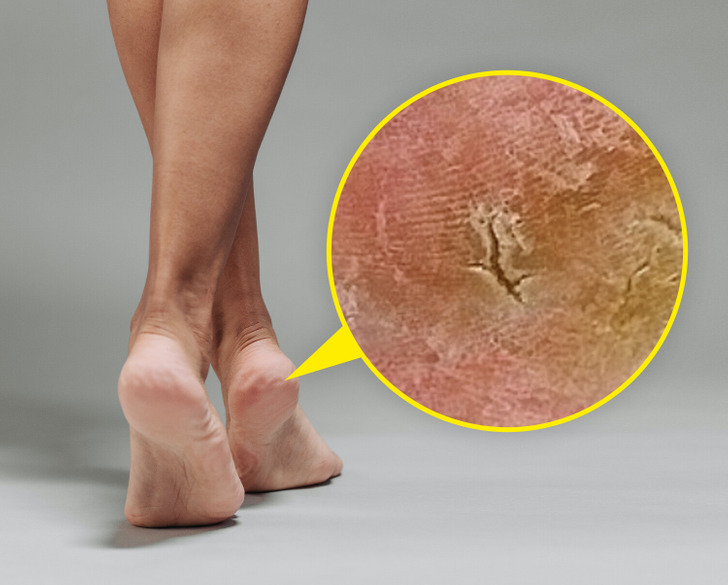
© ROCKETMANN TEAM / Pexels, © PicsByMila / Pixabay
Dry, cracked skin around your heels or feet could indicate thyroid issues. The thyroid gland produces hormones that regulate various body functions, so if your heels are excessively dry, it might be worth having your thyroid checked.
That said, dry skin can also result from weather changes. However, if you’re also experiencing symptoms like weight gain or vision problems alongside dry feet, it’s best to consult a doctor.
Cracked heels often begin with dry, thickened skin around the edges of your heels, known as calluses. When you walk, the fat beneath your heel expands, which can cause these calluses to crack.
Things that can make cracked heels worse include:
- Standing for long periods
- Walking barefoot or in sandals with an open back
- Taking long, hot showers
- Using harsh soaps that dry out your skin
- Wearing shoes that don’t fit or don’t support your heels
- Dry weather, like cold temperatures or low humidity
If you don’t moisturize your feet often, they might dry out even more quickly.
Can Foot Problems Indicate Heart Disease?
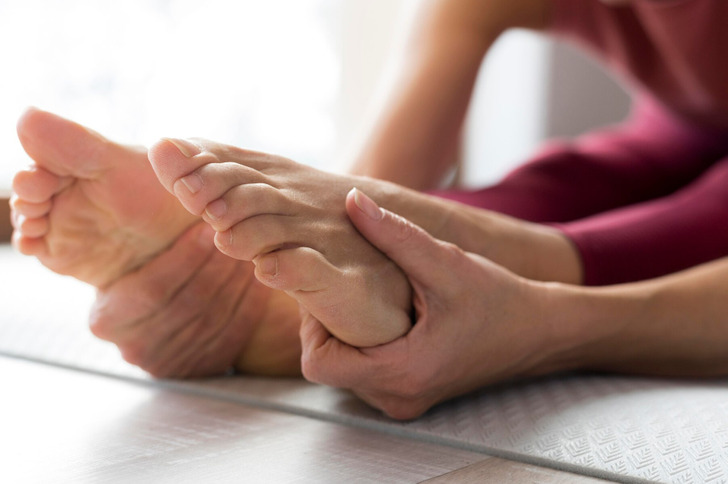
Yes, foot problems can signal heart disease. Symptoms like foot pain, swelling, or burning sensations are often linked to poor circulation, which can stem from cardiovascular conditions such as peripheral arterial disease or high blood pressure.
These conditions restrict blood flow to the feet, causing discomfort, numbness, and even non-healing ulcers. Additionally, symptoms like burning, swelling, or unusual discoloration in the feet may point to underlying heart, kidney, or circulatory issues. If you notice these signs, it’s important to see a podiatrist, as they could be early warnings of heart disease or related health concerns.
How Does Diabetes Affect Your Feet?
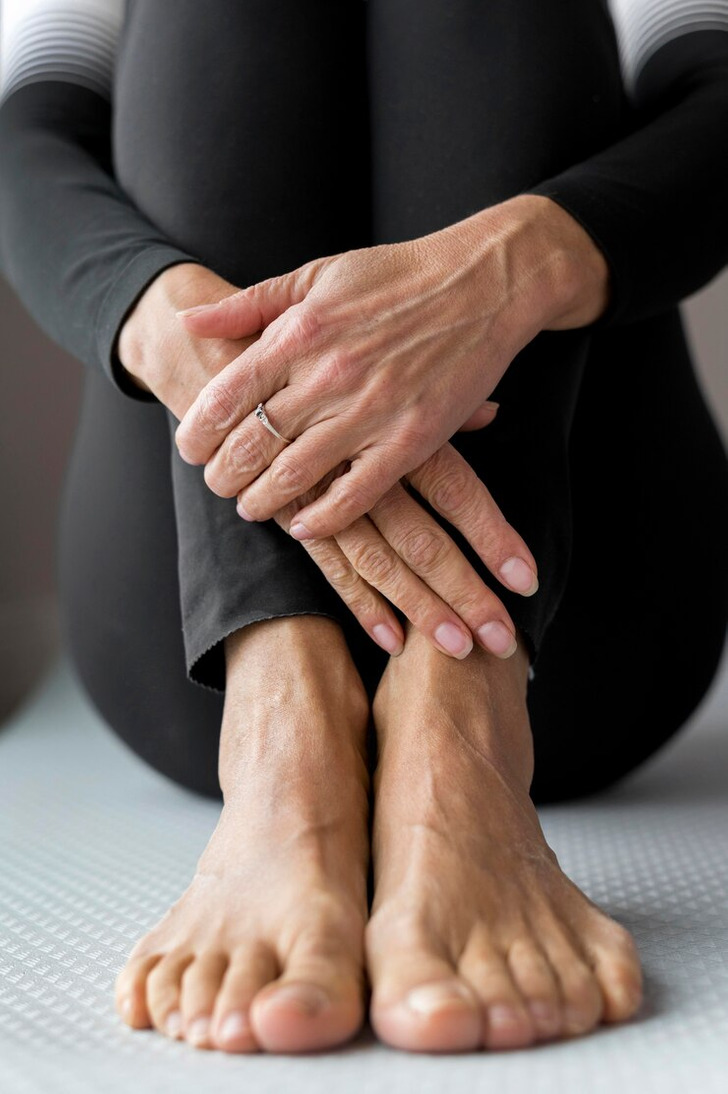
Diabetes can impact your feet in several ways. High blood sugar levels can cause nerve damage, leading to tingling, pain, or even a loss of sensation in your feet. Without feeling, you might not notice minor injuries like blisters or cuts, which can become infected. Additionally, diabetes can reduce blood flow to your feet, making it harder for wounds or infections to heal. In severe cases, this can result in complications like gangrene, which may require amputation.
To maintain foot health, inspect your feet daily, wash and dry them thoroughly, wear proper footwear, and see a podiatrist regularly. Keeping your blood sugar under control is also crucial for preventing foot problems. People with diabetes need to take extra care of their feet, as the condition affects approximately 1 in 10 Americans, and 60% to 70% of those with diabetes develop nerve-related issues.
What Are the Causes of Numbness in Feet?

Numbness in your feet can result from various conditions, such as diabetes, sciatica, or nerve damage. When nerves are damaged or compressed, you may experience a loss of sensation in your foot, which can affect your balance. You might also feel tingling, a pins-and-needles sensation, or weakness.
If numbness occurs suddenly alongside symptoms like confusion, dizziness, or difficulty breathing, seek immediate medical attention. If the numbness causes you to trip or worsens over time, schedule an appointment with your doctor. Be sure to discuss your symptoms and explore treatment options with them.
Why Are My Feet Always Cold?
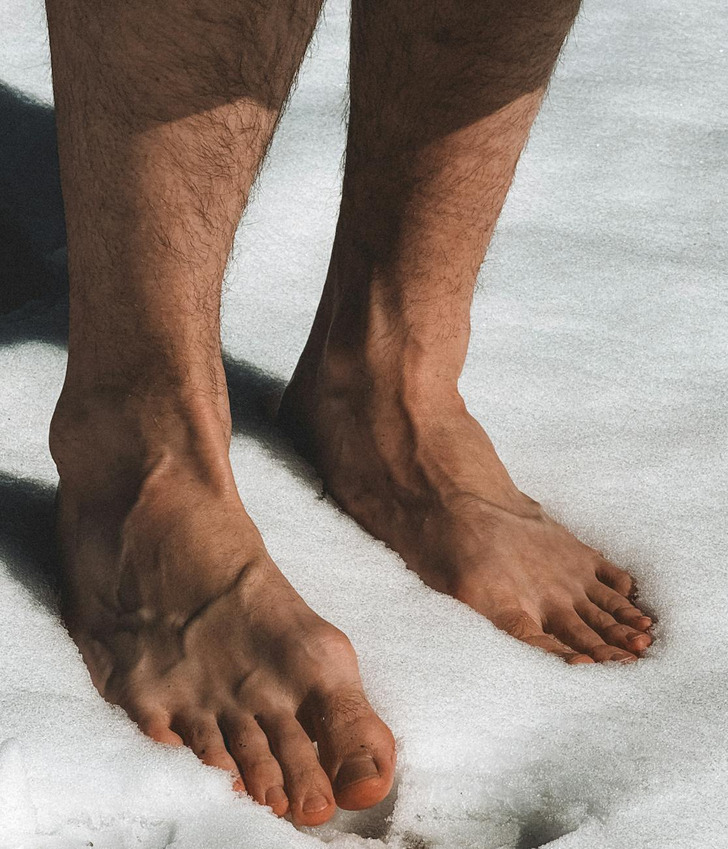
Cold feet are a common issue and can stem from various causes. It might be related to circulation problems or even an inherited trait. When your body gets cold, blood vessels in your hands and feet narrow to conserve heat for your vital organs, reducing blood flow to these areas. People with less body fat may feel colder more easily.
Raynaud’s syndrome is a condition where blood vessels overreact to cold, causing your feet to turn blue, white, or red. Poor circulation due to conditions like atherosclerosis can also lead to cold feet, making them appear blue or white and causing leg pain while walking. Additionally, nerve damage (neuropathy) can create a sensation of coldness in your feet, even if they aren’t actually cold. If you’re concerned about persistent cold feet, consult your doctor to check for potential circulation or nerve-related issues.
Weight Gain and Foot Pain
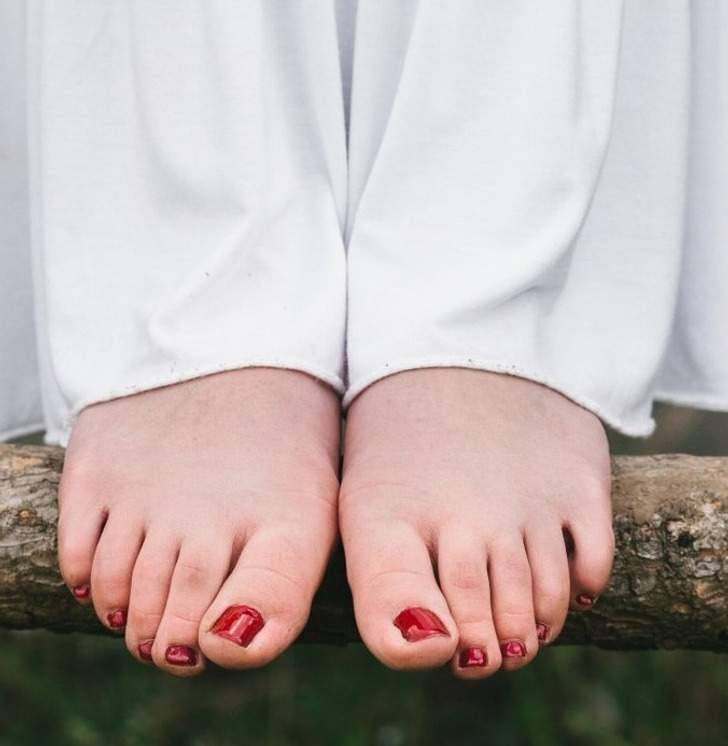
Maintaining a healthy weight is crucial, as weight gain is often linked to foot pain. According to an APMA survey, 74% of overweight individuals and 81% of those with obesity reported experiencing foot problems.
Now that you’re more aware of how health issues can affect your feet, be sure to explore another article where we discuss the effects of drinking turmeric shots daily. It’s a great way to discover how small changes can make a significant difference in your overall health.
